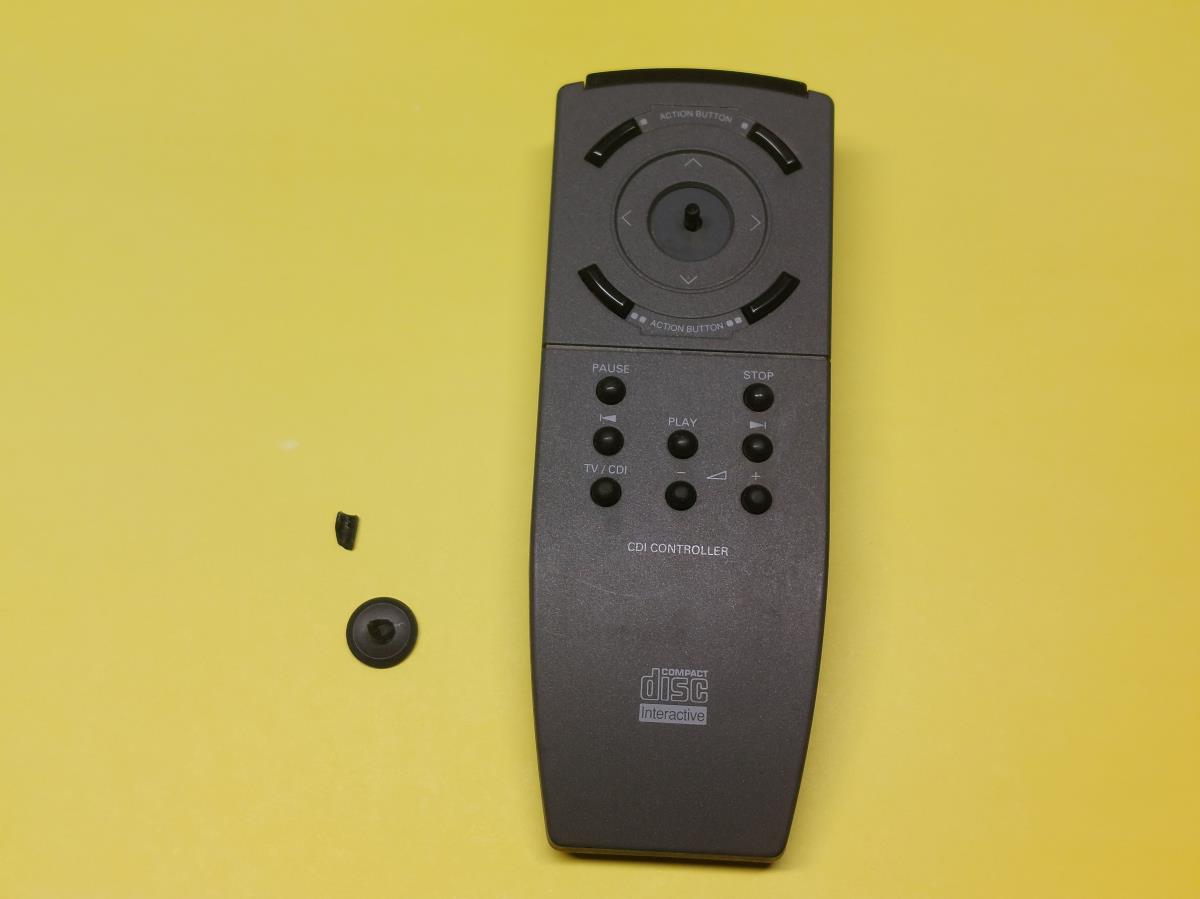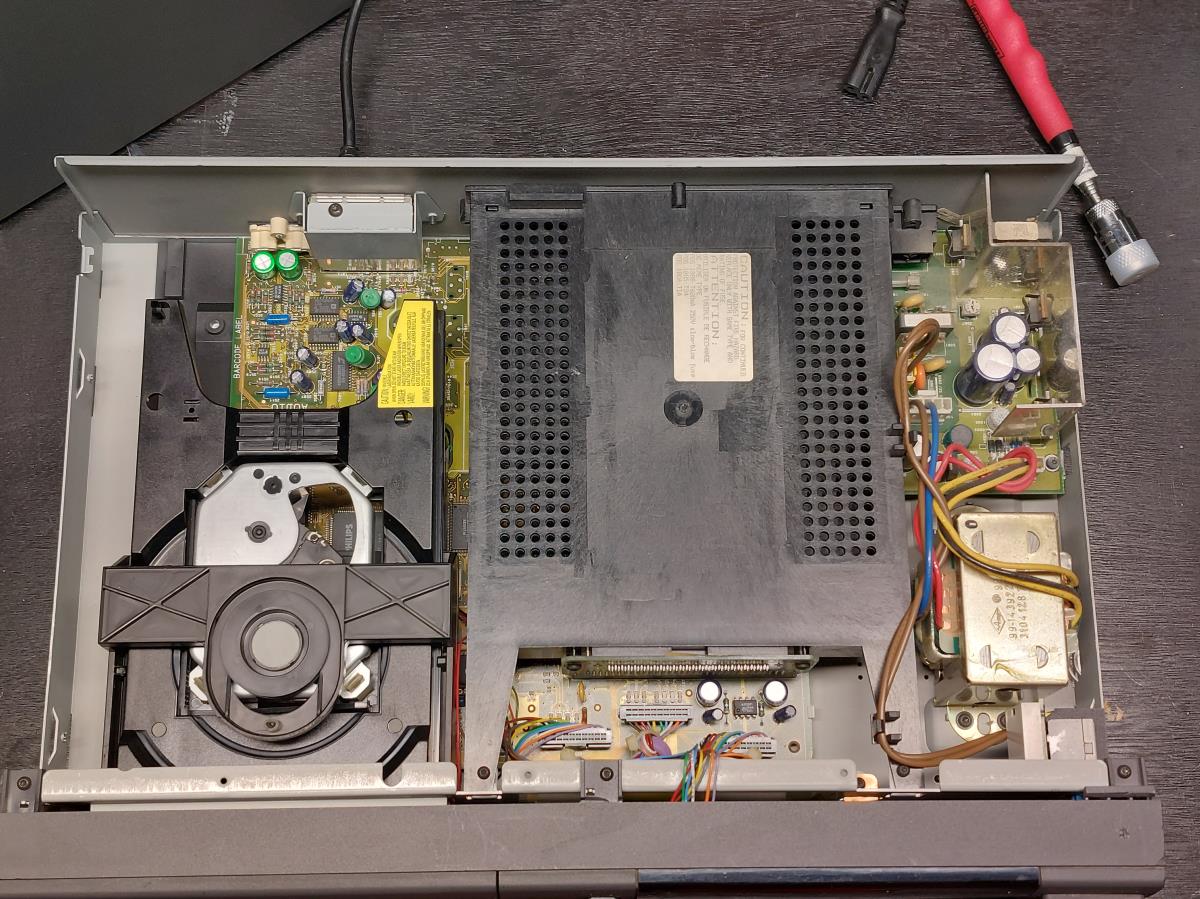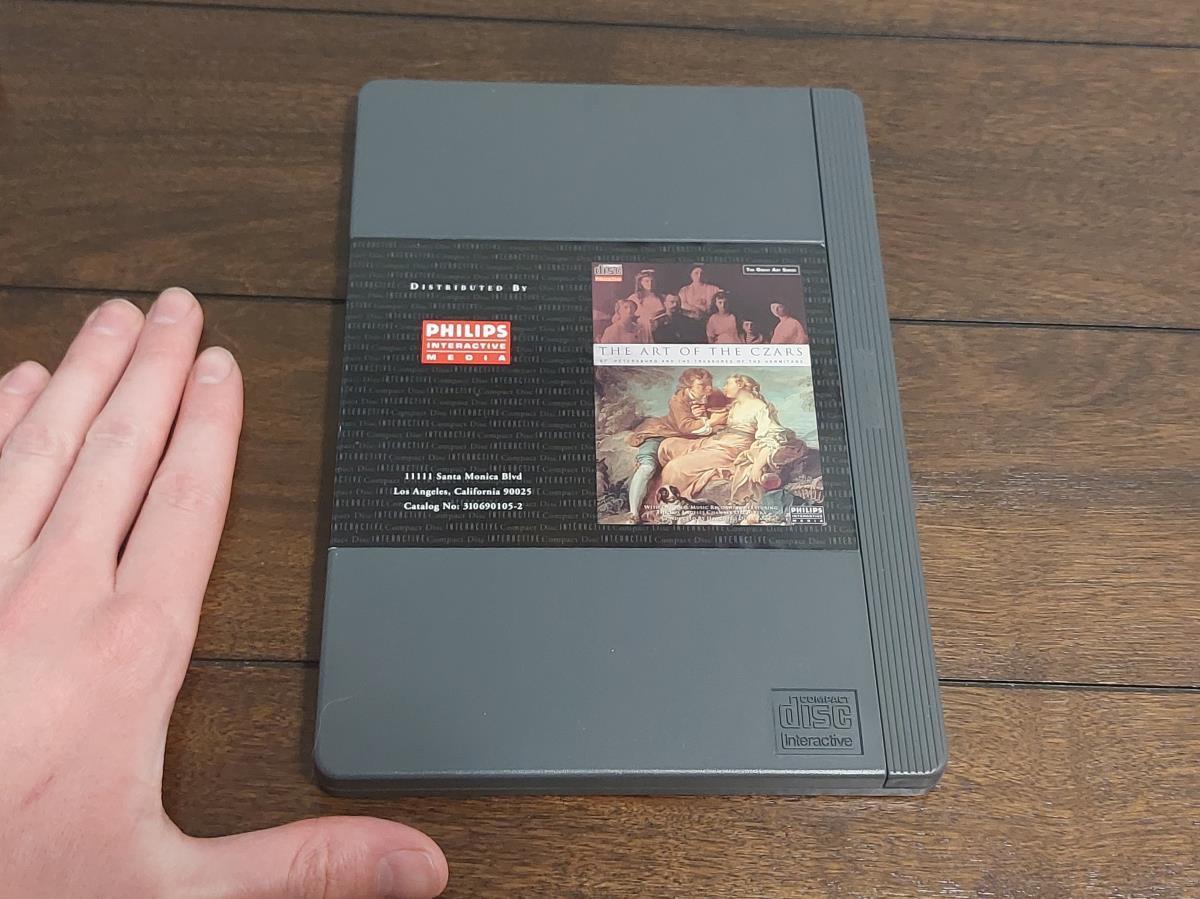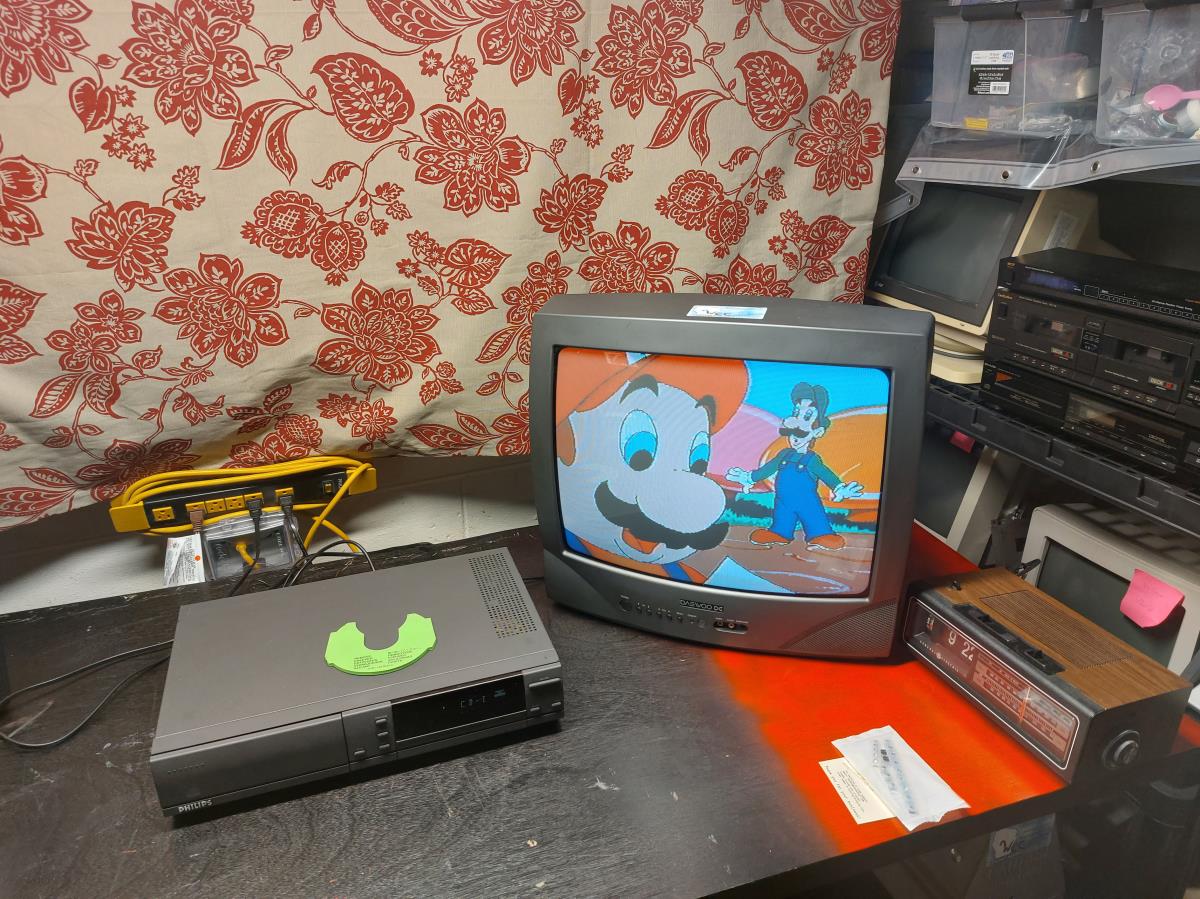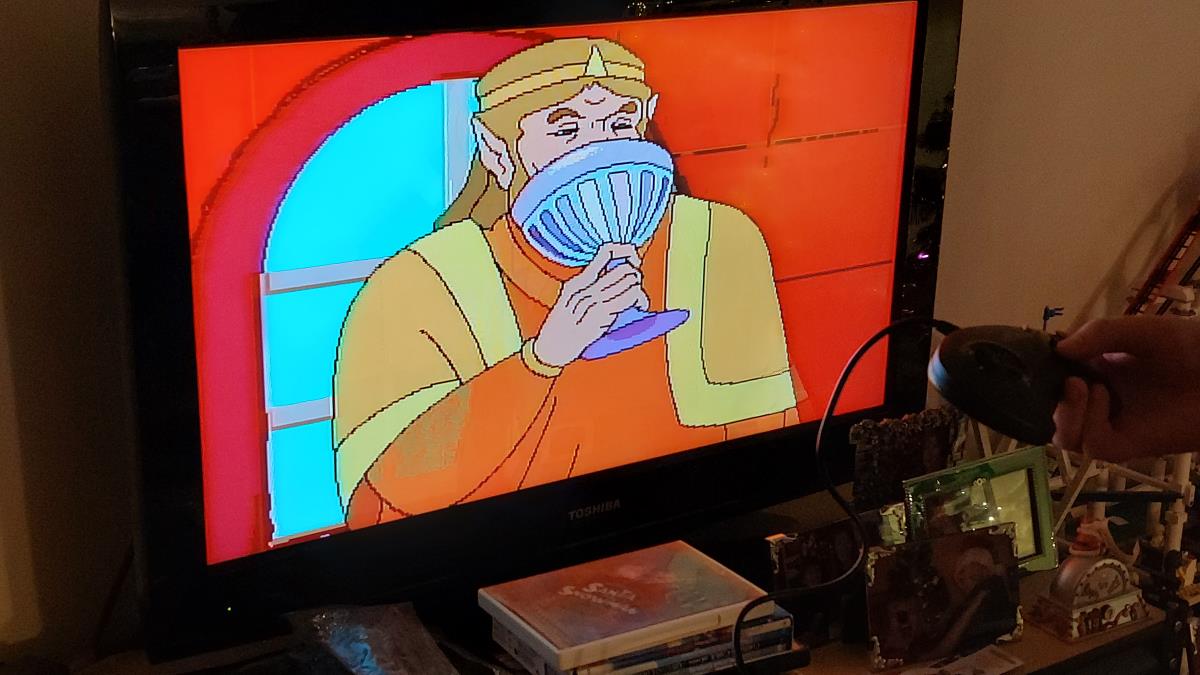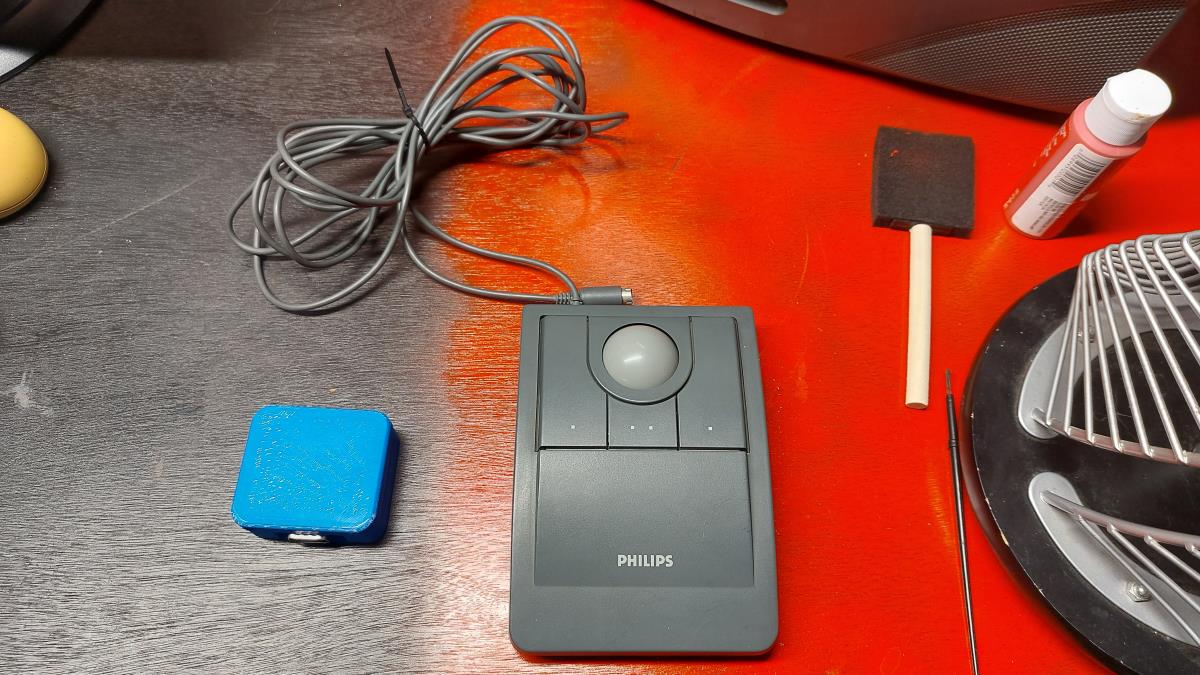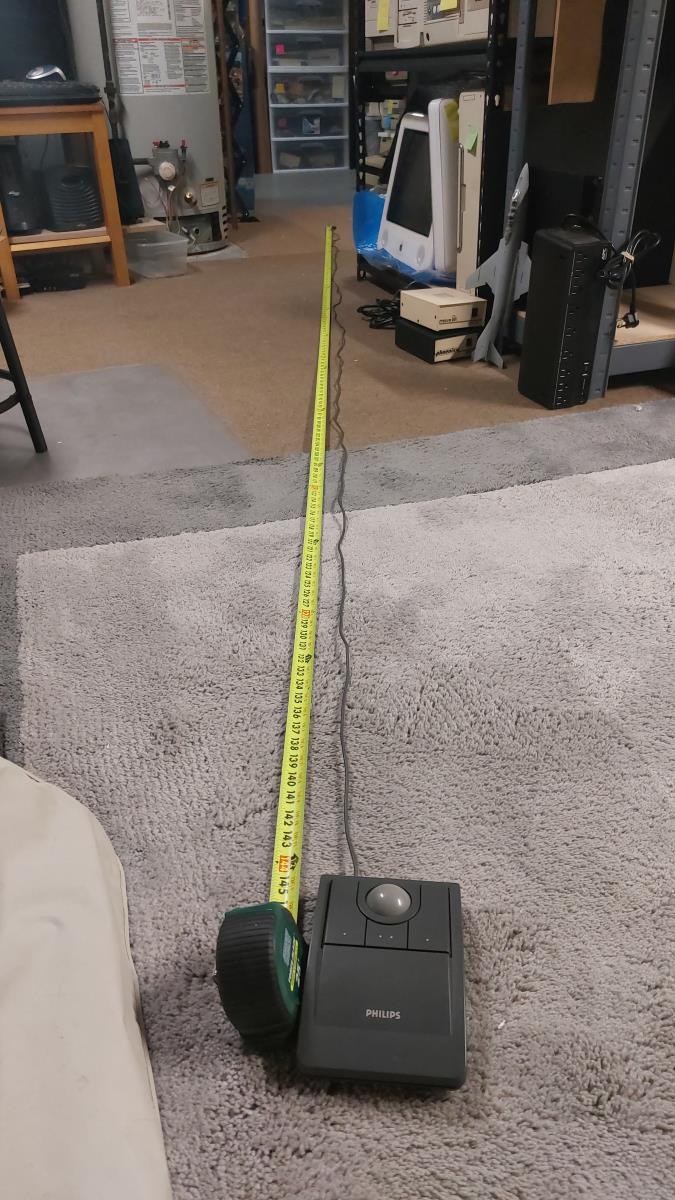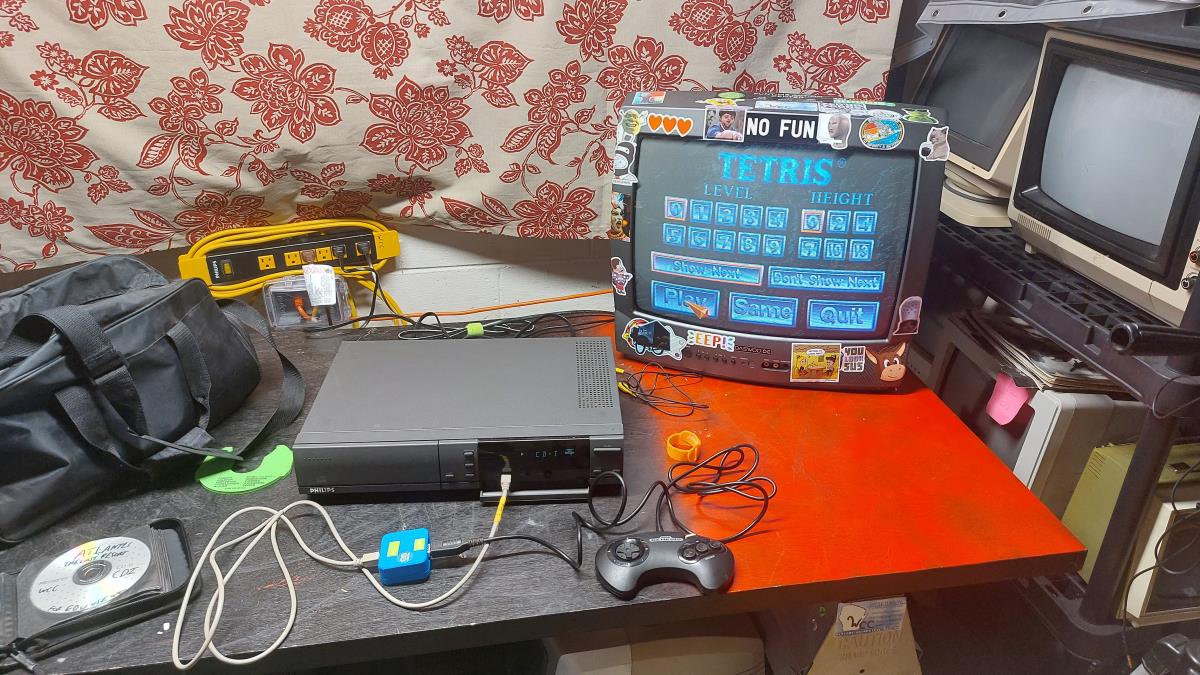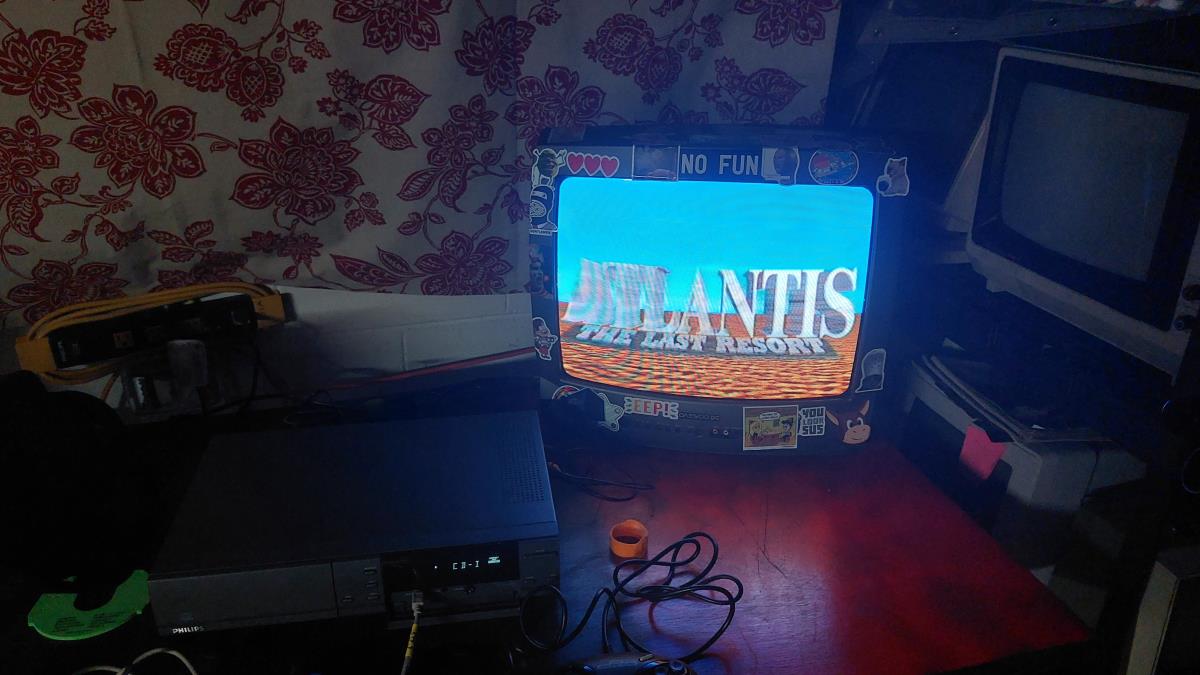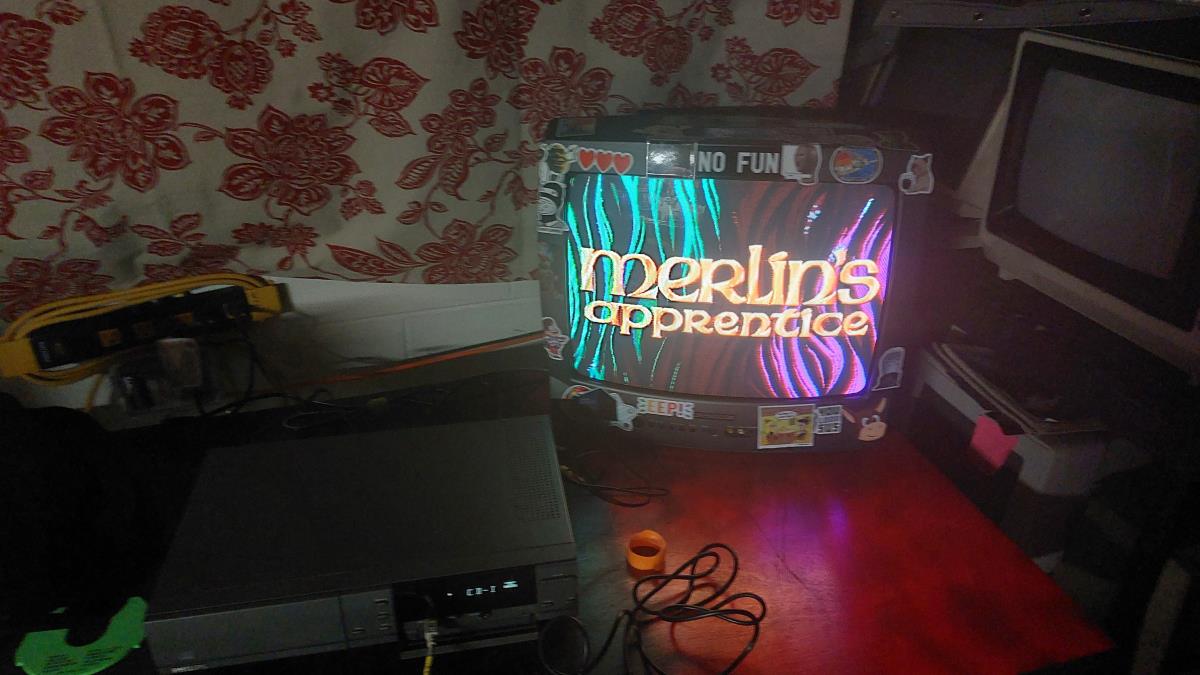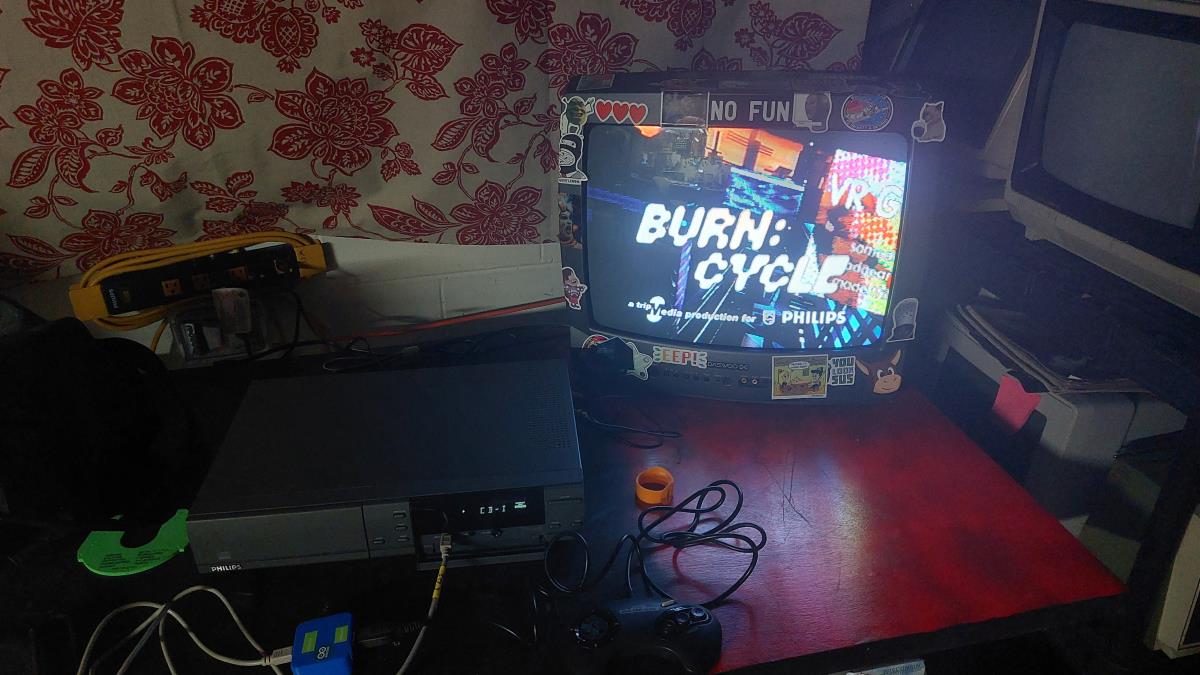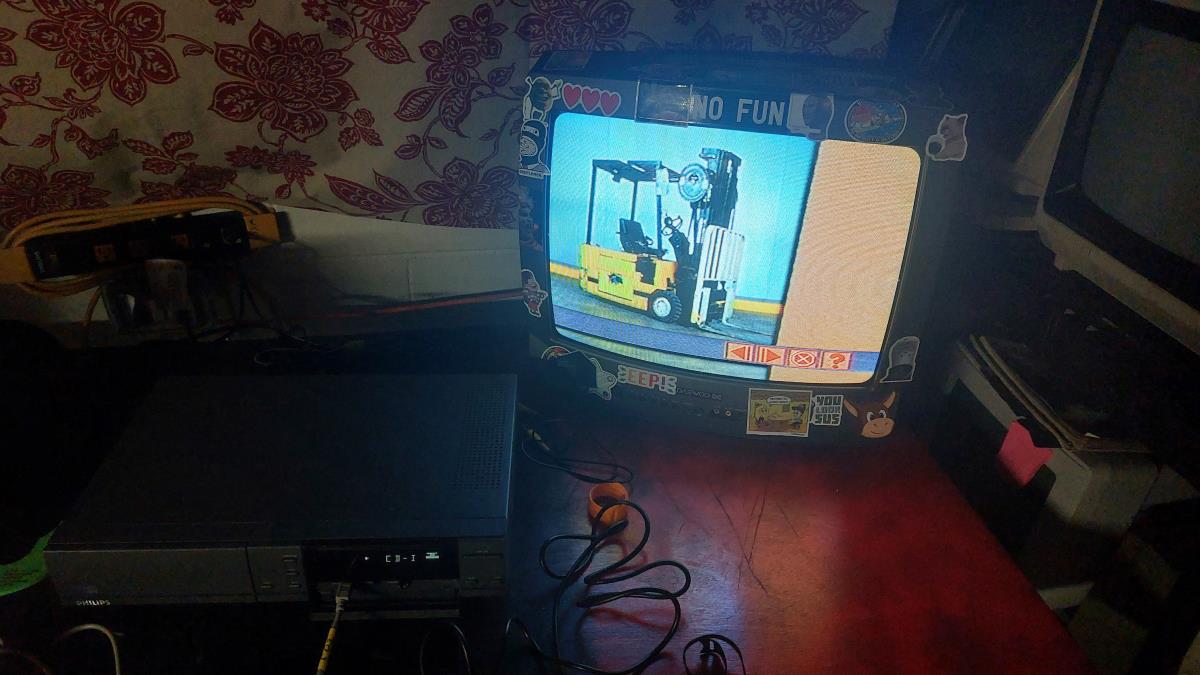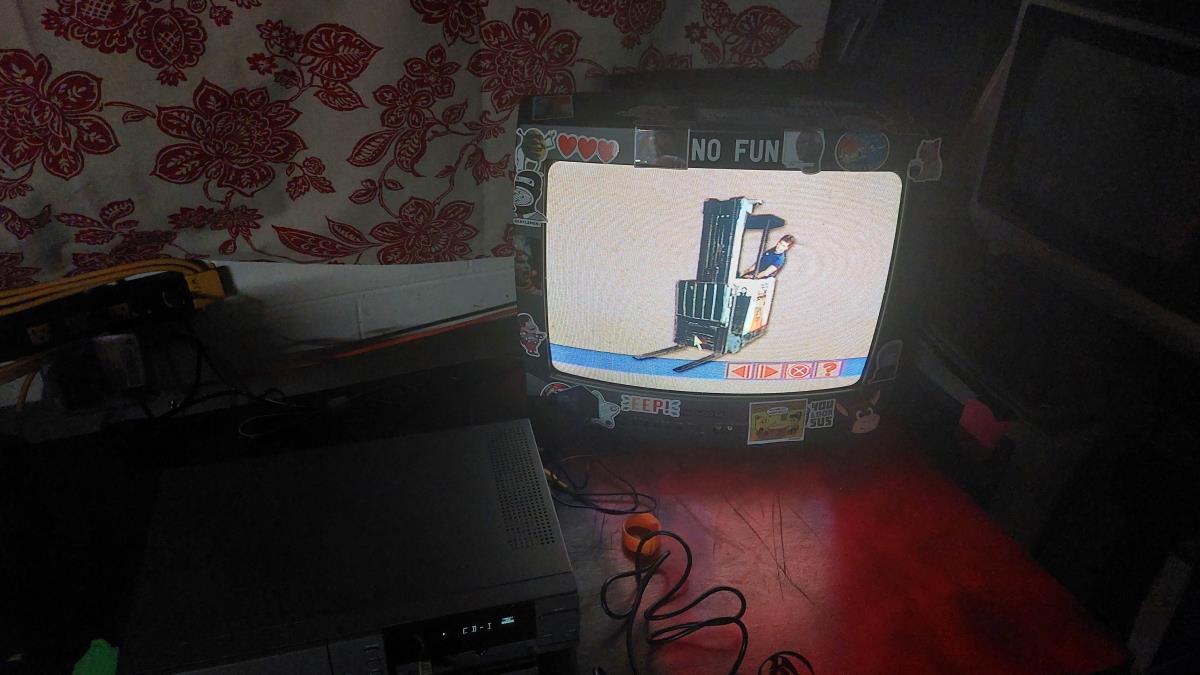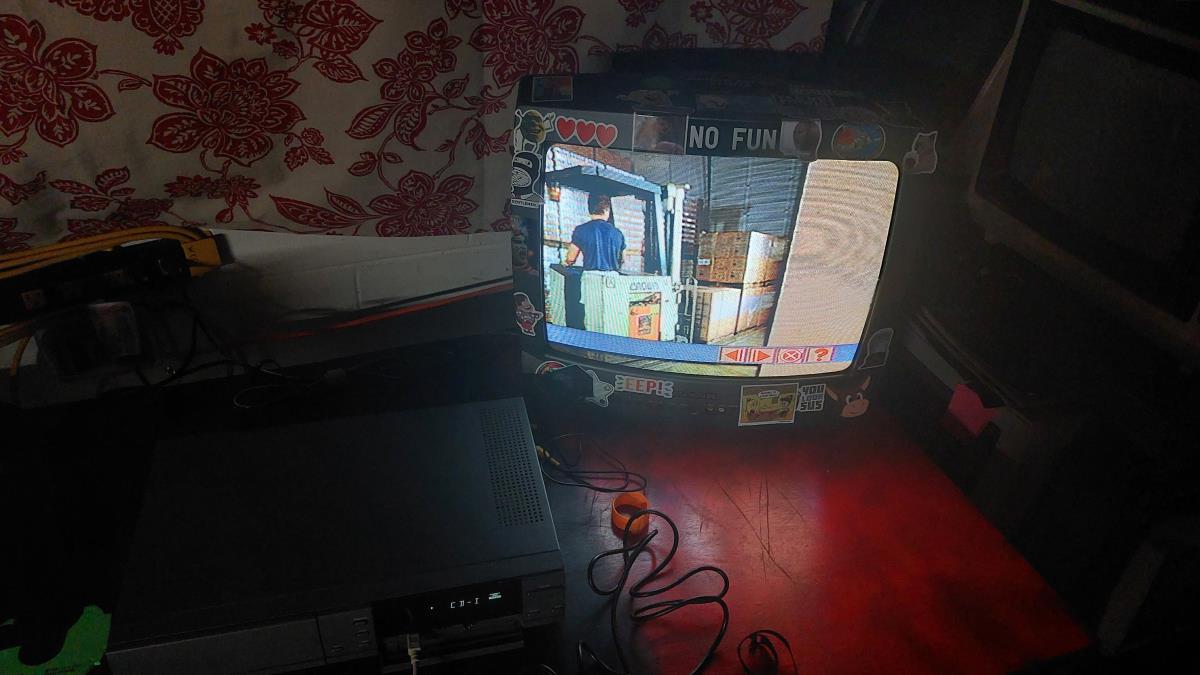Performa
Member
In the 1990's, Sony and Nintendo worked together for a CD add-on to the Super Nintendo to compete with SEGA's SEGA-CD system. Nintendo wasn't keen on the tremendous control the "PlayStation" project gave Sony over them, so they backed out of the deal and Sony decided to press ahead on their own. Nintendo then turned to European Electronics manufacturer Philips to see what they could do. While a CD add on never materialized, Philips did get some rights to Nintendo's properties, and a foot in the door of the video game world. Thus was born the CD-Interactive.
Part music player, multimedia center, education machine, movie player, and video game console, the CD-I system sought to become a "one stop shop" for home entertainment. As Commodore had learned with their CDTV before, the technology wasn't quite there yet.
Held back by a monstrous price tag, expensive software of dubious quality, and marketing that also seemed confused as to what the machine was for left the CD-I in the dust.
...and now we have one!
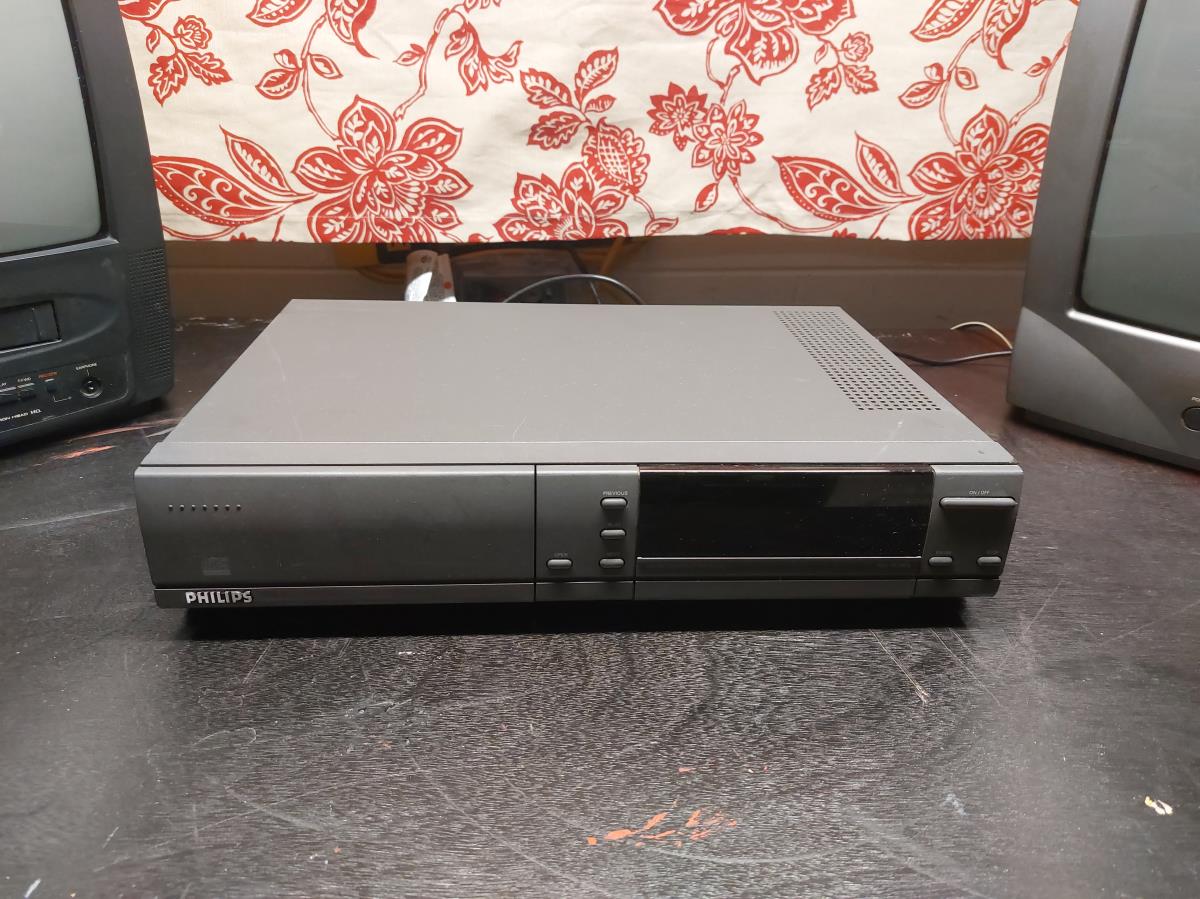
This is a Model 220 Philips CDI, the earlier "VCR" model- and a US version at that. These sold better in Europe, which is where most are listed.
Before embarking on this adventure, I did some homework. There are a lot of CDI models from a few different manufacturers, and they all command silly prices on eBay. I finally settled on the Model 220 as it's reported to be "more reliable" than some later models, doesn't have the strange proprietary external power supply, and of all the systems, has the most documentation readily available. Then I went looking, and finally found this model listed "as-is/not working" and from what I'd read about it, it should be a quick fix.
The two problems inherent to CDI players are drive belts that turn to goop, and a clock battery that burns out. Unlike other systems, the CDI is an oddball with it's battery. It uses a coin cell battery, but for reasons known only to Philips, they elected to embed the battery into the clock chip on the motherboard. this means that to get in and replace it, one must physically cut the battery out of the chip. Without it, the system won't save data, certain programs won't run, and on some models the system won't boot at all. I knew going into this that the Model 220 will still boot and run most software even if the battery is dead, so I was fairly confident this would work out in our favor.
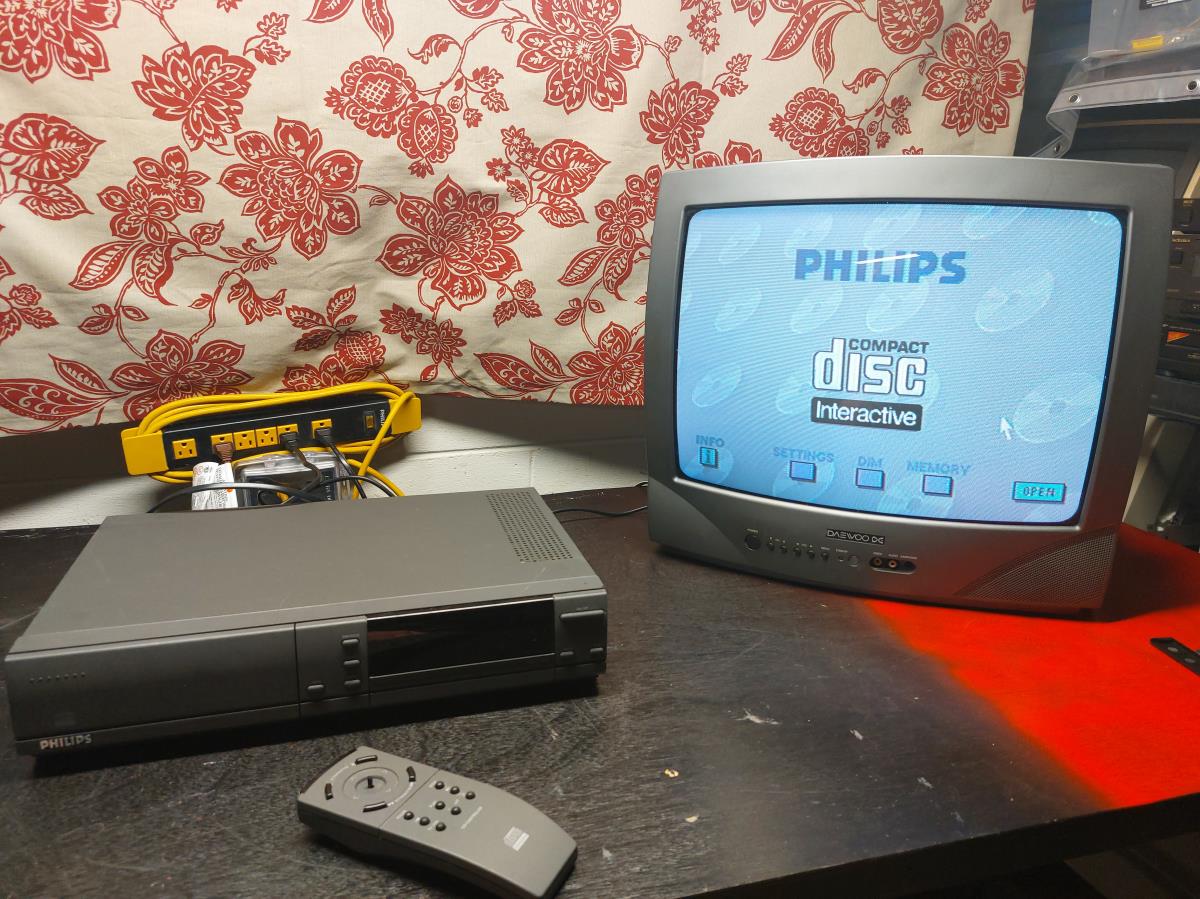
I'm pleased to say that, as far as I can test it now, it did.
Part music player, multimedia center, education machine, movie player, and video game console, the CD-I system sought to become a "one stop shop" for home entertainment. As Commodore had learned with their CDTV before, the technology wasn't quite there yet.
Held back by a monstrous price tag, expensive software of dubious quality, and marketing that also seemed confused as to what the machine was for left the CD-I in the dust.
...and now we have one!

This is a Model 220 Philips CDI, the earlier "VCR" model- and a US version at that. These sold better in Europe, which is where most are listed.
Before embarking on this adventure, I did some homework. There are a lot of CDI models from a few different manufacturers, and they all command silly prices on eBay. I finally settled on the Model 220 as it's reported to be "more reliable" than some later models, doesn't have the strange proprietary external power supply, and of all the systems, has the most documentation readily available. Then I went looking, and finally found this model listed "as-is/not working" and from what I'd read about it, it should be a quick fix.
The two problems inherent to CDI players are drive belts that turn to goop, and a clock battery that burns out. Unlike other systems, the CDI is an oddball with it's battery. It uses a coin cell battery, but for reasons known only to Philips, they elected to embed the battery into the clock chip on the motherboard. this means that to get in and replace it, one must physically cut the battery out of the chip. Without it, the system won't save data, certain programs won't run, and on some models the system won't boot at all. I knew going into this that the Model 220 will still boot and run most software even if the battery is dead, so I was fairly confident this would work out in our favor.

I'm pleased to say that, as far as I can test it now, it did.

